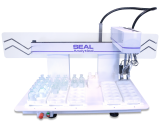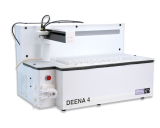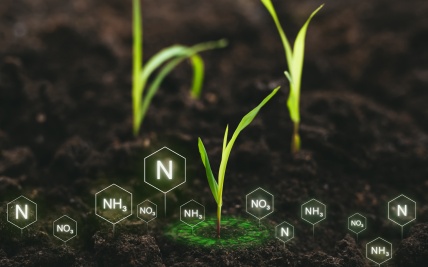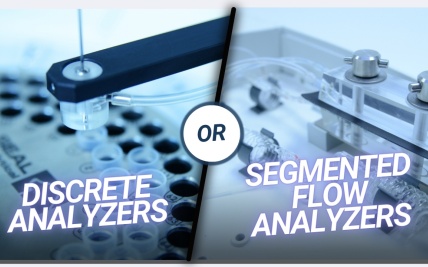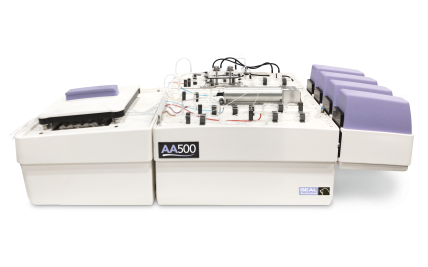
Fertilizer Analysis
Proper nutrient balance in fertilizers directly impacts soil fertility, crop yields, and the sustainability of our global food supply. By accurately analyzing and managing these nutrients, we can reduce pollution, prevent environmental degradation, and promote sustainable agricultural practices that support both the environment and human well-being.
.png?resolution=1400x650&quality=95)
Automation Designed for Fertilizer Analysis Efficiency
With the high level of reproducibility and high throughput often required for fertilizer analysis, segmented flow technology offers the ideal approach for streamlined nutrient testing. For applications not requiring in-line high-temperature digestion, discrete analyzers can also be used. By manufacturing options for both discrete and continuous flow analysis, SEAL offers laboratories the flexibility and choice needed to meet their specific analysis needs.
.png?resolution=1200x650&quality=95)
Automation for Soil and Fertilizer Analysis
Download Our BrochureOur Expertise
Continuous Flow Analyzers
Over the last 60 years, SEAL Analytical has solidified its reputation as the world’s leading provider of environmental analyzers, fertilizer analyzers, and sample preparation instruments.
With a short run startup time, our segmented flow analyzers can deliver over 60 sample results for N, P, and K per hour, with the ability to analyze finished fertilizer and raw materials on the same system. Up to eight parameters can be analyzed in parallel from the same sample.
.jpg?type=webp&quality=85&background=ffffff7f&force_jpg_crop=1&resolution=1920x1600)
Discrete Analyzers
SEAL discrete analyzers are compact in size and ideal for fertilizer applications that do not require in-line high-temperature digestions. These analyzers bring additional automation compared to continuous flow analyzers, bringing true “walkaway” operation to your lab. These features include automatic standard preparation and automatic pre- and post-dilution capabilities.
SEAL discrete analyzers are supported by an extensive library of methods designed specifically for environmental applications, including those that are essential to fertilizer analysis. All SEAL discrete analyzers come equipped out of the box to run our full environmental methods list, without any hardware changeovers required.
Methods for AOAC Compliance
SEAL Analytical provides solutions that adhere to AOAC-approved methods for nutrient analysis, including critical parameters such as nitrogen, phosphorus, potassium, pH, and more. Our discrete and continuous flow analyzers, along with robotic handling systems and digestion equipment, ensure accuracy and reproducibility for soil, water, and fertilizer testing. SEAL systems streamline AOAC-compliant processes, offering high throughput and reliability to meet the needs of laboratories performing regulated nutrient analysis.
To explore our AOAC-compliant methods or discuss how our systems can enhance your lab’s performance, contact your nearest SEAL team for expert support and guidance.
Common Methods for Fertilizer Analysis
SEAL provides an extensive method library for fertilizer analysis using discrete and continuous flow analyzers, digestion systems, and sample handling robotics. Select a specific analyzer to discover more information including ranges and method references.
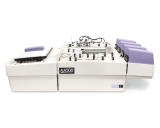
.png?resolution=160x128&quality=95)
